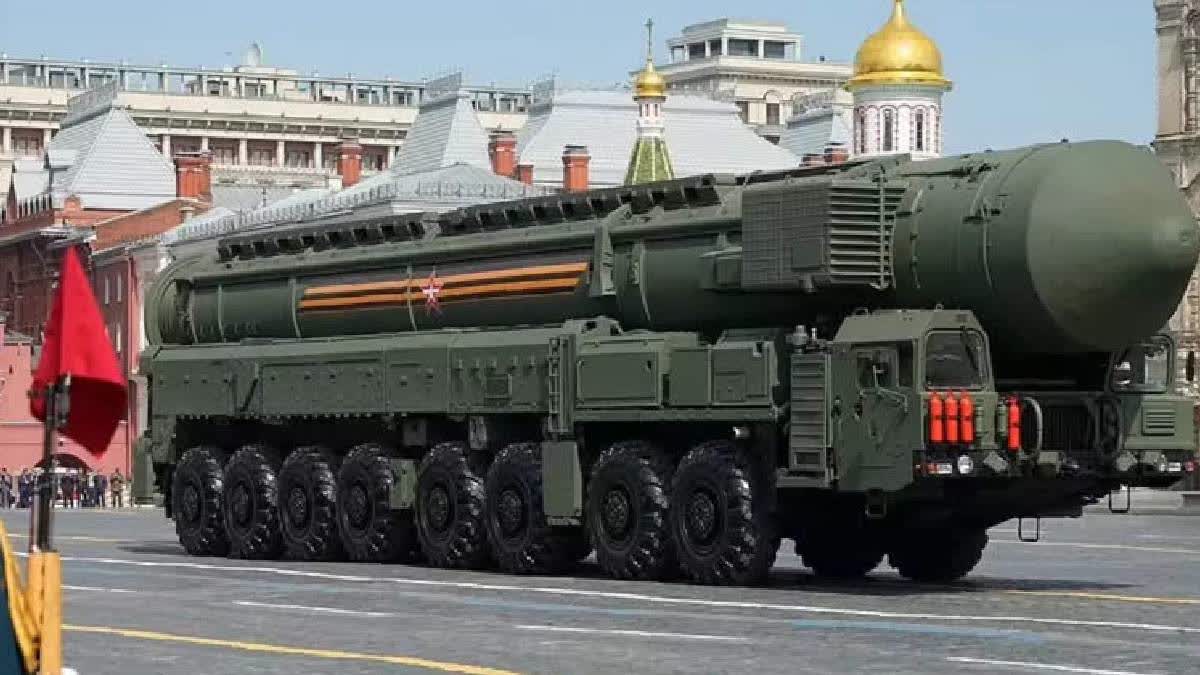Hyderabad:The Disarmament Week, starting on October 24, seeks to promote awareness and better understanding of disarmament issues and their cross-cutting importance.
Disarmament means a reduction or total abolition of military capabilities or means of a state. It is necessary to prevent arms races between countries, eliminate the threat to humanity, prevent suffering among civilians, and eliminate the burden of military expenditure from states. The UN has given highest priority to reducing and eventually eliminating nuclear weapons, destroying chemical weapons and strengthening the prohibition of biological weapons.
History:
The annual observance of Disarmament Week was first called for in the Final Document of the General Assembly’s 1978 special session on disarmament (resolution S-10/2). In 1995, the General Assembly invited governments, as well as NGOs, to continue taking an active part in Disarmament Week (resolution 50/72 B, 12 December 1995) in order to promote a better understanding among the public of disarmament issues.
Throughout history, countries have pursued disarmament to build a safer, more secure world and to protect people from harm. Since the foundation of the United Nations, disarmament and arms control have played a critical role in preventing and ending crises and armed conflict. Heightened tensions and dangers are better resolved through serious political dialogue and negotiation—not by more arms.
Agenda for Disarmament:
Disarmament defines four key pillars with practical measures to be achieved through stronger partnerships and unwavering determination:
- Disarmament that saves humanity by endeavouring for a world free of nuclear weapons, strengthening norms against other weapons of mass destruction, and preventing the emergence of new domains of strategic competition and conflict.
- Disarmament that saves lives by mitigating the humanitarian impact of conventional arms and addressing the excessive accumulation and illicit trade.
- Disarmament for future generations by ensuring responsible innovation and use of advances in science and technology, keeping humans in control of weapons and artificial intelligence, and ensuring peace and stability in cyberspace.
- Strengthening partnerships for disarmament by reinvigorating disarmament institutions and processes, engaging regional organisations, ensuring the full and equal participation of women, empowering youth as a force for change and enhancing participation by civil society and engagement by the private sector.
The Agenda for Disarmament addresses six different Sustainable Development Goals through nine actions. Disarmament and arms control remain inextricably connected with development in a multitude of ways, providing a unique opportunity to advance both the implementation of the SDGs and the Agenda for Disarmament.
Conventional arms – an intolerable threat to humanity
Conventional arms continue to be at the centre of the world’s conflicts, and it is civilians who continue to bear the brunt of such armed violence. The widespread availability of small arms and light weapons and their ammunition is a key enabler of armed violence and conflict. High levels of arms and ammunition in circulation contribute to insecurity, facilitate human rights violations and impede humanitarian access.
The 2030 Agenda for Sustainable Development importantly acknowledges the symbiotic relationship between peace and sustainable development. Sustainable Development Goal 16, in particular, recognizes that a significant reduction in illicit arms flows is necessary for peaceful, just and inclusive societies.
